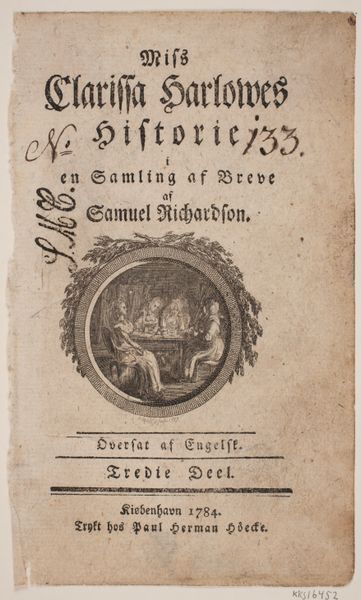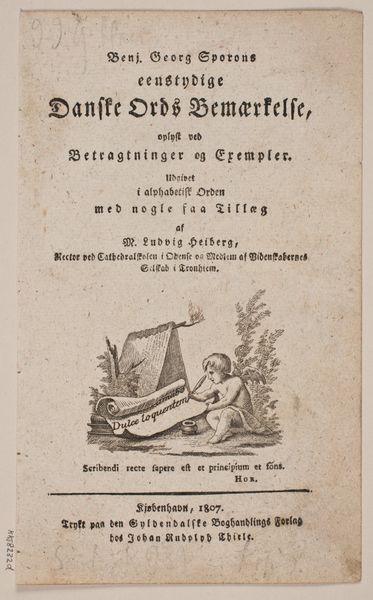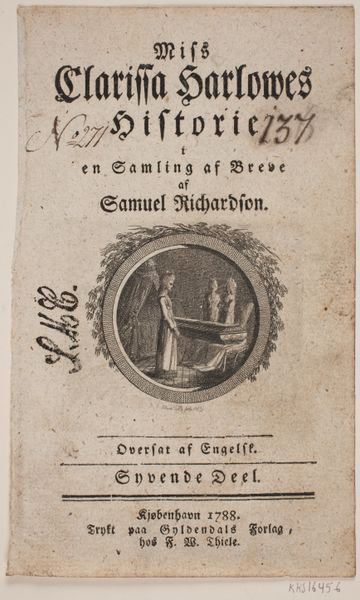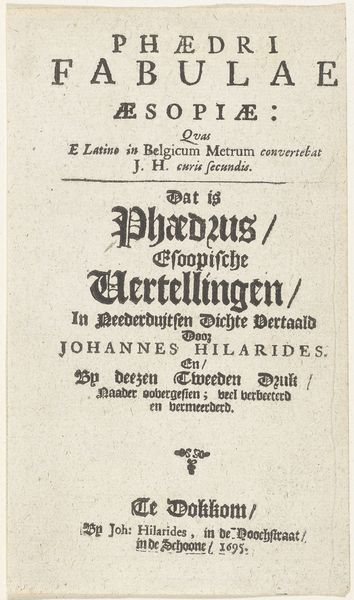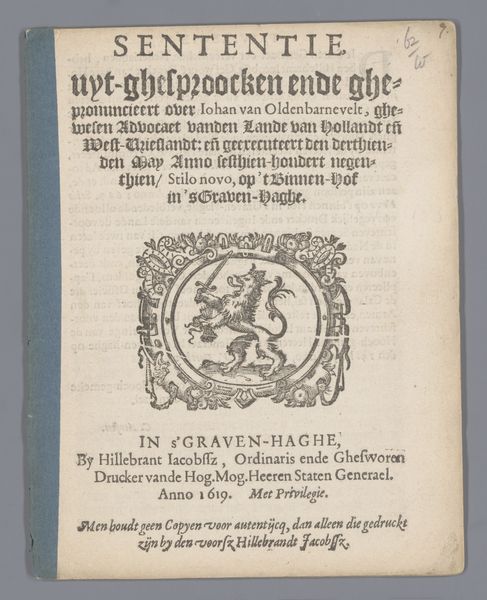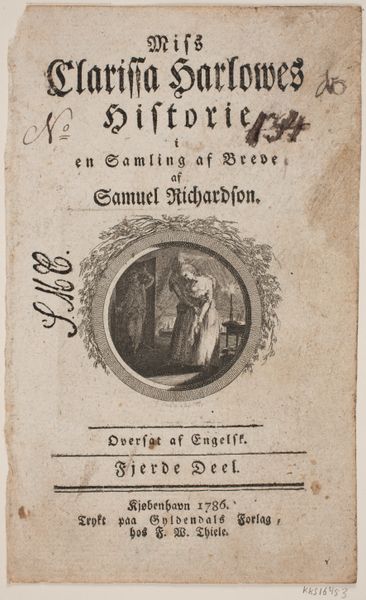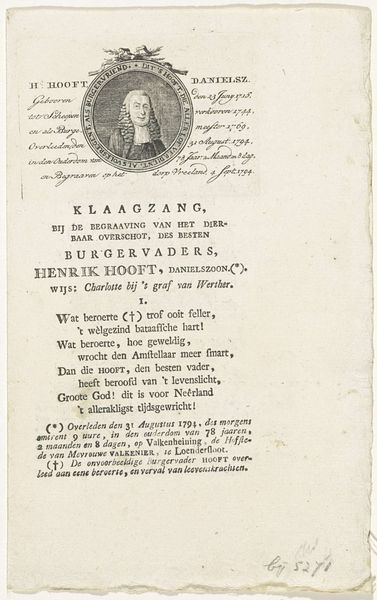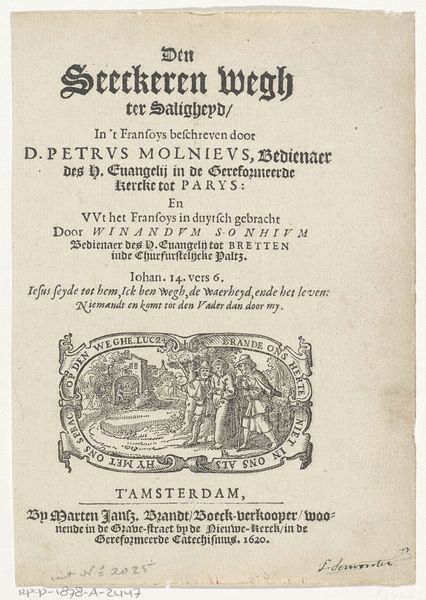
Titelblad med vignet til S. Richardson: "Miss Clarissa Harlowes Historie", første del 1783
0:00
0:00
Dimensions: 170 mm (height) x 102 mm (width) (bladmaal)
Editor: This is "Titelblad med vignet til S. Richardson: 'Miss Clarissa Harlowes Historie', første del," by Georg Christian Schule, made in 1783. It's an engraving on paper. It seems quite formal and a bit sentimental, even with the slight roughness of the print. How do you interpret the visual cues in the context of the time it was created? Curator: Considering the historical context, this piece resonates with the growing popularity of novels and the rise of a literate middle class. Engravings like these made literature more accessible, didn't they? The central image, framed by foliage, appears to depict a scene from the novel, a mother and child, which certainly hints at the sentimental themes within Richardson's "Clarissa." The act of translation into Danish, evidenced by the text, also reflects the book’s wide cultural influence. Do you think the visual elements effectively promote the story contained within? Editor: Yes, to some degree, the visual imagery softens the themes present in "Clarissa." Knowing the plot, which is filled with suffering and social commentary, I would expect a darker cover. What's the significance of presenting this narrative with a softened engraving? Curator: I wonder if it isn’t also about appealing to a specific audience, particularly female readers, who were a significant consumer base for novels at this time. The vignette certainly speaks to familial and domestic ideals, promising an emotionally engaging story within accepted social mores. Also, take note of where it says "Trykt hos Paul Herman Hée." Knowing that this was a cover printed for this book at this printer helps explain how people experienced literature at this time and how the printing business itself was emerging. It wasn’t only about art for art’s sake but also a commercial transaction for this literary publication. Do you see the impact it had on the reception and accessibility of literature at the time? Editor: That is interesting. Seeing it through that perspective changes my understanding a bit, acknowledging it not just as an artwork but as a commercial item aimed to spread an idea. Curator: Indeed, it shows how art, commerce, and social values were intertwined during the Romantic period. I also think that, considering the Romantic era focus on individual feeling, the artist of this book was seeking to highlight those elements present in the literary narrative it showcased. Editor: Thanks. Considering the engraving as a social artifact rather than simply a visual representation really expands my understanding. Curator: Exactly. Context is always key to interpreting historical images.
Comments
No comments
Be the first to comment and join the conversation on the ultimate creative platform.
